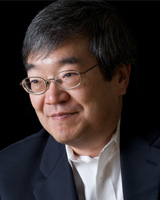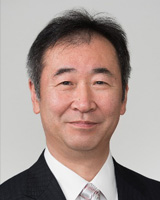Hiroshi Amano (Nagoya Univ., Japan)
“New era of LEDs”
Hiroshi Amano received D.Eng from Nagoya University in 1989. Currently he is a Director, Center for Integrated Research of Future Electronics, and a Professor, Institute of Materials and Systems for Sustainability, Nagoya University. In 1985, he developed low-temperature deposited buffer layers which provided the technology vendors to the development of high-quality group III semiconductor based LEDs and LDs. In 1989, he succeeded in growing p-type GaN and fabricating p-n junction LEDs for the first time in the world. He has published more than 529 technical papers and contributed to 27 books.
Awards received include: 1994 Optoelectronics Conference Special Award, 1996 IEEE/LEOS Engineering Achievement Award, 1998 Japan Society for Applied Physics C Award, 1998 Rank Award, 2001 Marubun Academic Award, 2002 Takeda Award, 2003 SSDM paper award, 2009 Fellow, Japan Society of Applied Physics, 2011 IOP Fellow, 2014 Nobel Prize in Physics, Order of Culture, Japan, and 2015 NAE Foreign Membership.






